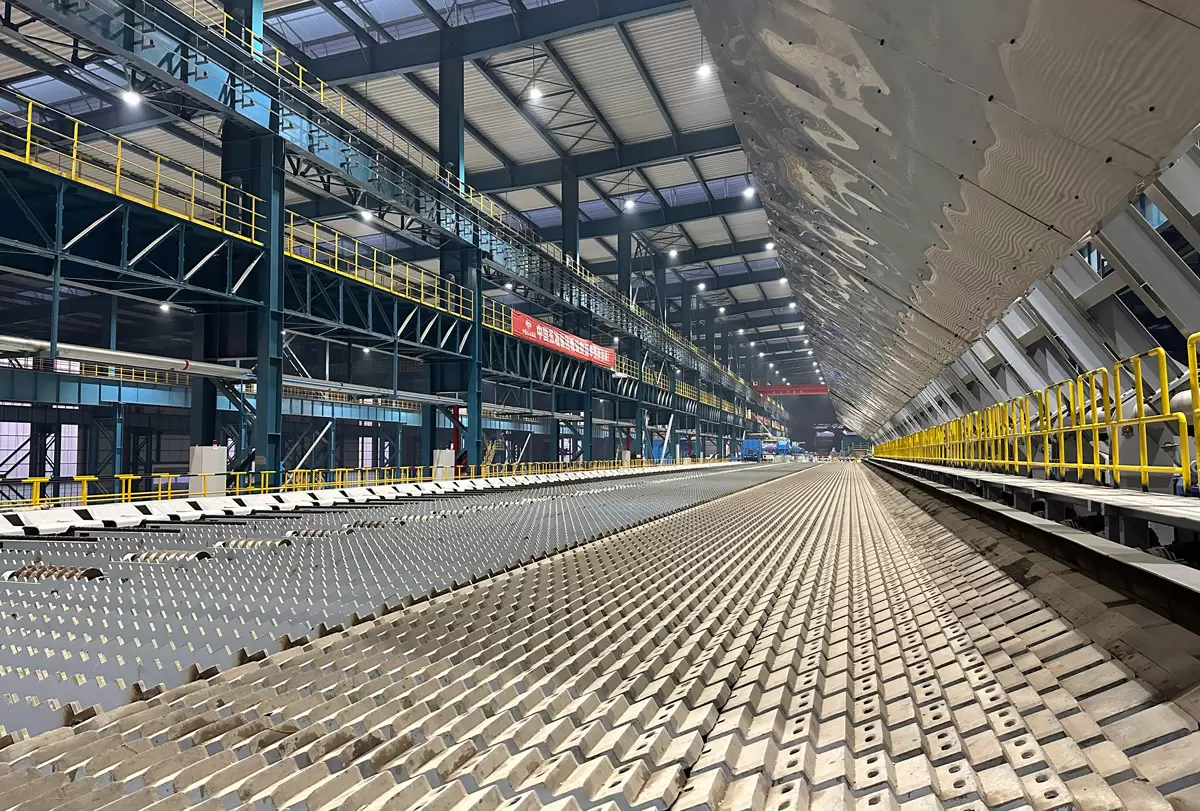In today's rapidly evolving world, the need for sustainable transportation has become more crucial than ever. As we strive to reduce carbon emissions, combat climate change, and alleviate traffic congestion, it is imperative to explore and adopt the best sustainable transportation options available. In this blog post, we will delve into various innovative and eco-friendly modes of transportation, analyzing their benefits, drawbacks, and potential for widespread implementation.
- Electric Vehicles (EVs):
Electric vehicles have emerged as a promising solution to reduce greenhouse gas emissions and dependence on fossil fuels. With advancements in battery technology, EVs offer longer ranges, faster charging times, and improved affordability. Additionally, the integration of renewable energy sources into the charging infrastructure further enhances their sustainability. However, challenges such as limited charging infrastructure and battery disposal need to be addressed for widespread adoption. - Public Transportation:
Efficient and well-connected public transportation systems play a pivotal role in sustainable urban development. Mass transit options like buses, trams, and trains can significantly reduce traffic congestion and emissions. Implementing smart technologies, such as real-time tracking and optimized routing, can further enhance their efficiency. Additionally, the integration of renewable energy sources to power public transportation can make it even more sustainable. - Cycling and Walking:
Promoting active modes of transportation like cycling and walking not only reduces carbon emissions but also improves public health and livability. Developing dedicated cycling lanes, pedestrian-friendly infrastructure, and bike-sharing programs encourages people to opt for these sustainable alternatives. Furthermore, initiatives like car-free days and urban planning that prioritize pedestrians and cyclists can create more sustainable and vibrant cities. - High-Speed Rail:
High-speed rail systems offer a greener alternative to air travel for medium-distance journeys. By providing faster travel times, reduced carbon emissions, and increased capacity, high-speed rail can alleviate the strain on airports and highways. Additionally, the integration of renewable energy sources to power these trains further enhances their sustainability. However, significant investments in infrastructure and overcoming regulatory challenges are necessary for their successful implementation. - Autonomous Vehicles (AVs):
Autonomous vehicles hold immense potential to revolutionize transportation by optimizing traffic flow, reducing accidents, and improving fuel efficiency. Shared autonomous vehicles can further enhance sustainability by reducing the number of private cars on the road. However, concerns regarding safety, cybersecurity, and the impact on employment need to be addressed before widespread adoption.
Conclusion:
In the quest for the best sustainable transportation, it is evident that a combination of various modes and technologies is necessary. Electric vehicles, public transportation, cycling and walking, high-speed rail, and autonomous vehicles all contribute to a greener and more efficient transportation ecosystem. The key lies in integrating these solutions, leveraging renewable energy sources, and implementing smart technologies to create a seamless and sustainable transportation network. By embracing these innovations, we can pave the way for a cleaner, healthier, and more connected future.



More Stories
Exploring the 306 hp Version of the Audi Q5 e-tron: Performance Meets Practicality
Industrial-Grade Audible Pedestrian Signals with Directional Sound for Safe and Confident Crossing
Racing Motorcycle Engines: Understanding Power, Torque, and Performance